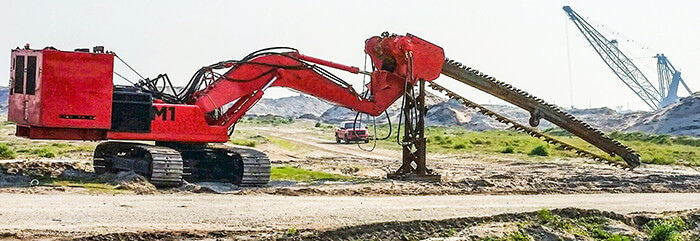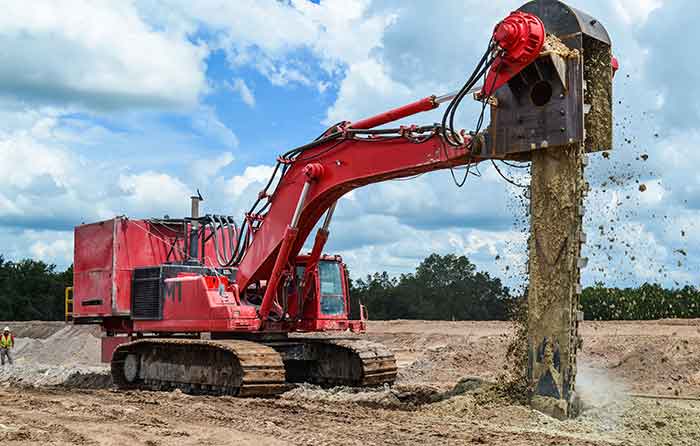Dewatering projects can be short term, in the case of construction projects, or longer term, such as mining operations. When it comes to moving large volumes of water, pumps and pumping systems that can meet most pumping requirements are readily available. That said, executing by brute force is not always an option due to regulatory oversight, permitting and reporting that is becoming more prevalent in project specifications. Interested parties do not want to see undue impact to groundwater resources. Nearby groundwater users can be impacted or perceive that they are impacted by the drawdown. Ecologists are concerned by impacts to nearby wetlands or other sensitive systems. Ground settlement can be a critical issue depending on the local geology and the amount of drawdown required. In some cases, the excavation’s proximity to a source of groundwater recharge, such as a lake or river, requires large numbers of wells discharging at high rates to overcome the recharge. Excavations near the ocean might have concerns related to saltwater intrusion induced by high pumping rates. In some areas, consumptive use or other withdrawal permits are required that may make it difficult to design and implement systems adequate to meet drawdown goals. People providing dewatering services may agree that some of the stipulations and requirements in modern bid specifications are onerous and can be nearly impossible to meet. These trends highlight the benefit for industry professionals to consider groundwater exclusion techniques as a process to mitigate drawdown impacts during dewatering.
 Image 1. In-situ mixing provides a less invasive alternative to traditional benonite addition. (Images courtesy of Mersino)
Image 1. In-situ mixing provides a less invasive alternative to traditional benonite addition. (Images courtesy of Mersino)An Alternative Method
Another method of groundwater exclusion has made substantial inroads in project execution with costs that can be reduced compared to most other methods. That method is in-situ soil mixing, generally with a soil bentonite mix or in some cases a soil bentonite/cement mix. In-situ soil mixing has proved to be effective in large-scale groundwater control projects. Examples include limiting migration of contaminated groundwater from landfill operations or other areas where the goal is to limit contaminate migration. In-situ soil mixing is basically a type of slurry wall installation that differs from traditional slurry wall installations in several ways. Traditional slurry walls are commonly installed by excavation of a trench with either a clamshell bucket or long-stick excavator removing the native soil from the excavation. The excavation is kept open by filling it with a bentonite slurry mix that builds a filter cake on the sides of the trench, similar to the use of bentonite drilling fluids in well drilling. Slurry levels are maintained above the local groundwater level to keep the slurry-filled trench from collapsing. The excavated material is then mixed on-site with the slurry and additional bentonite or other additives. The mix is prepared at the surface with machinery such as excavators, loaders, dozers, etc. This requires a relatively large space and may be disruptive depending on the location. The backfill mix is then pushed back into the slurry trench sequentially from the beginning to the end to eliminate voids and install a consistent backfill. This method has been used for many years and provides an effective groundwater barrier if installed properly. Permeabilities on the order of 10 Image 2. In-situ mixing provides a less invasive alternative to traditional benonite addition.
Image 2. In-situ mixing provides a less invasive alternative to traditional benonite addition.
